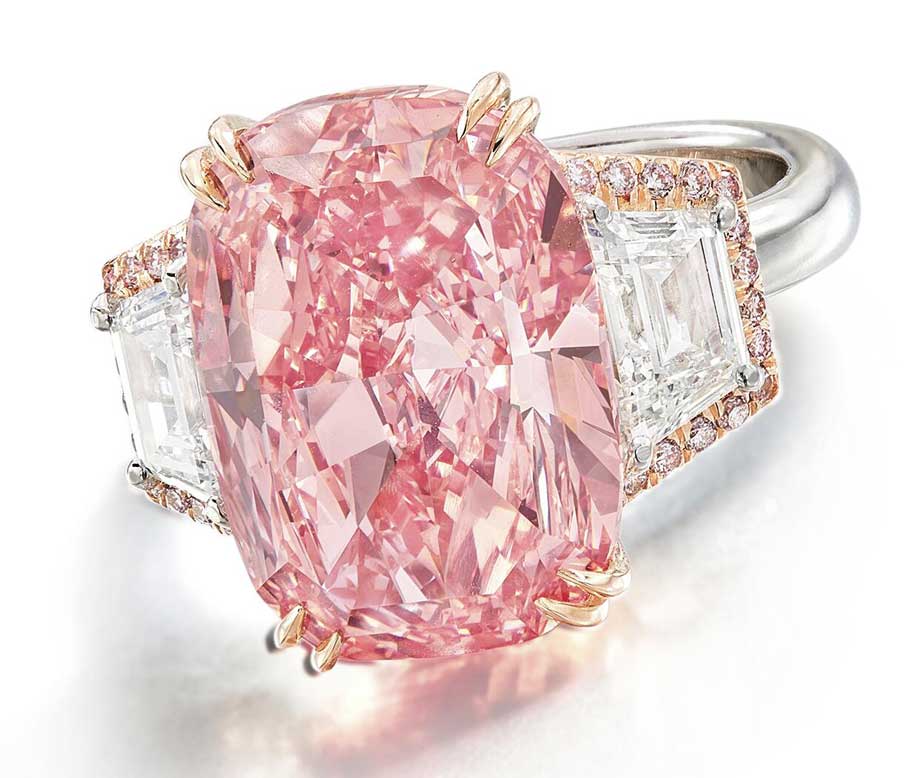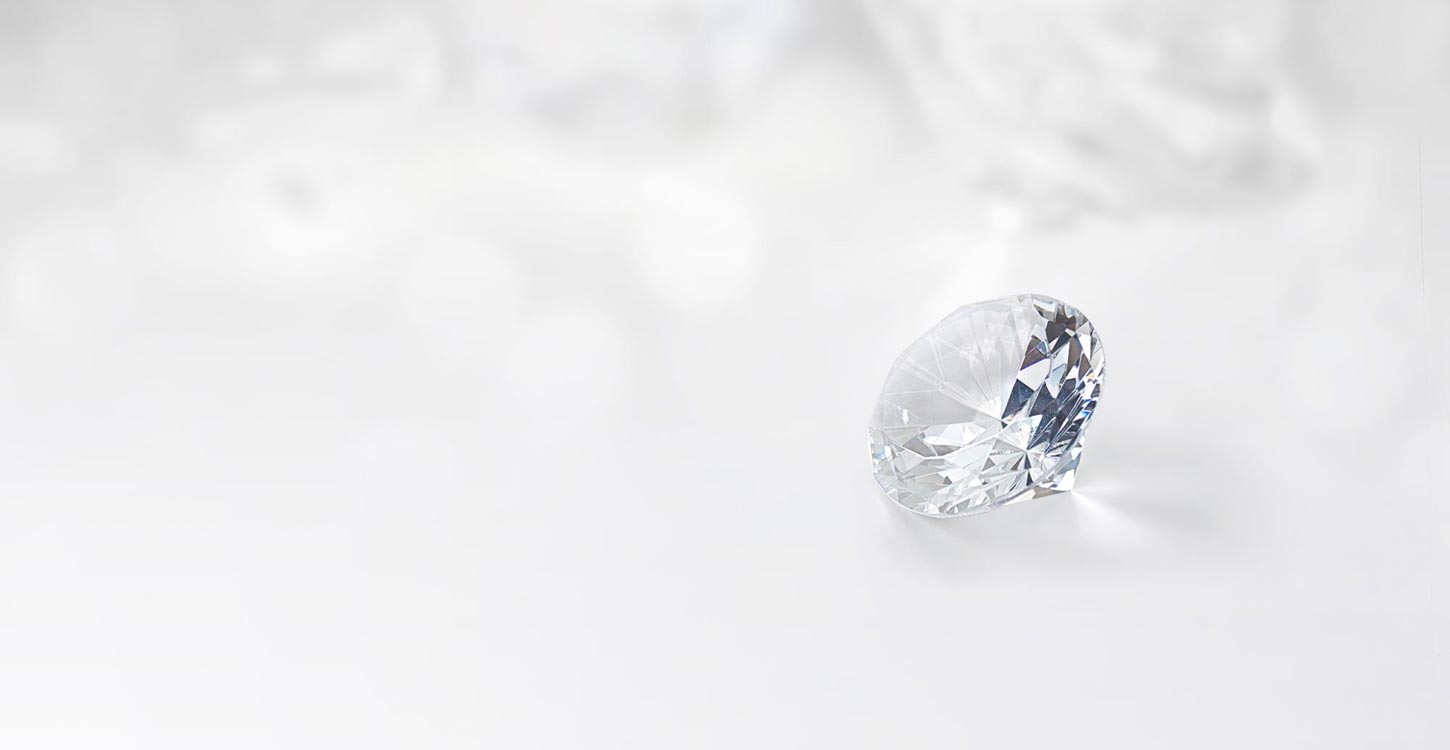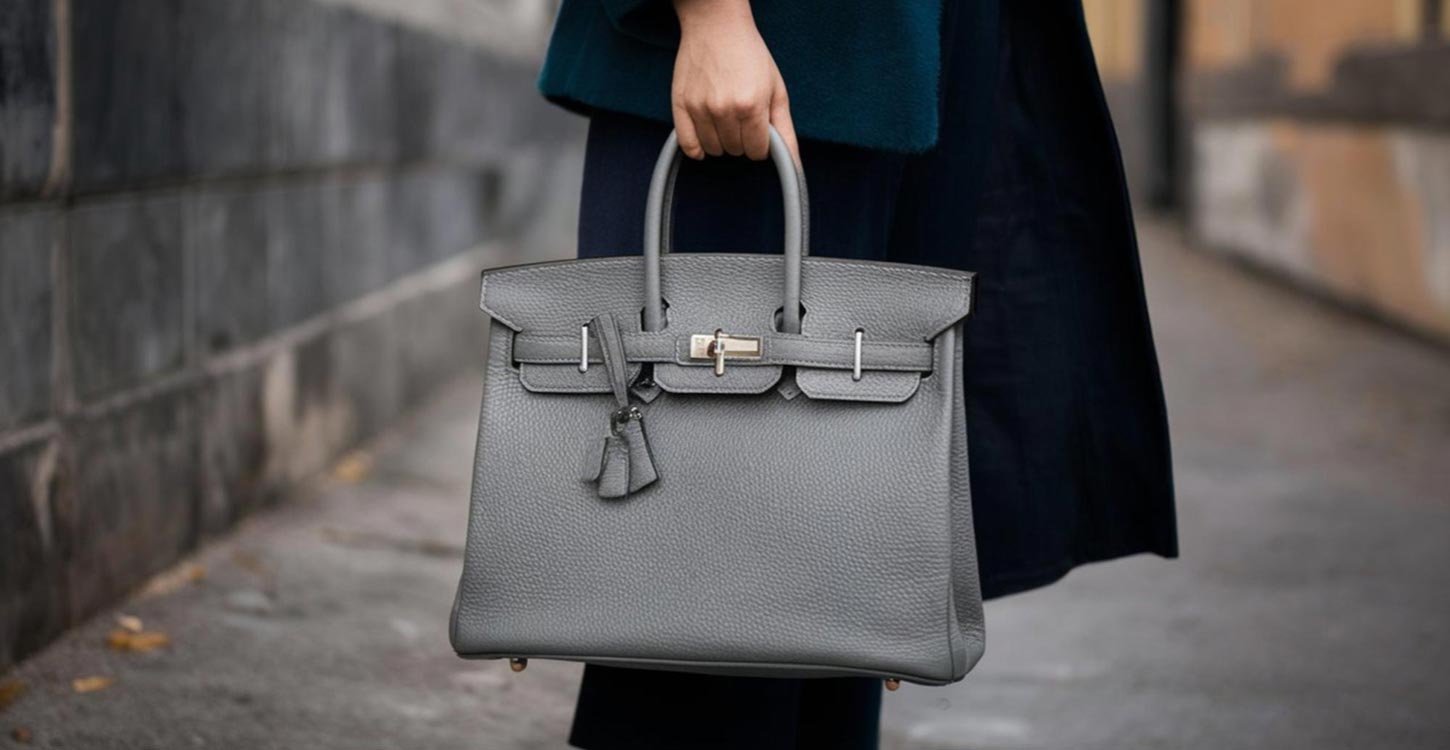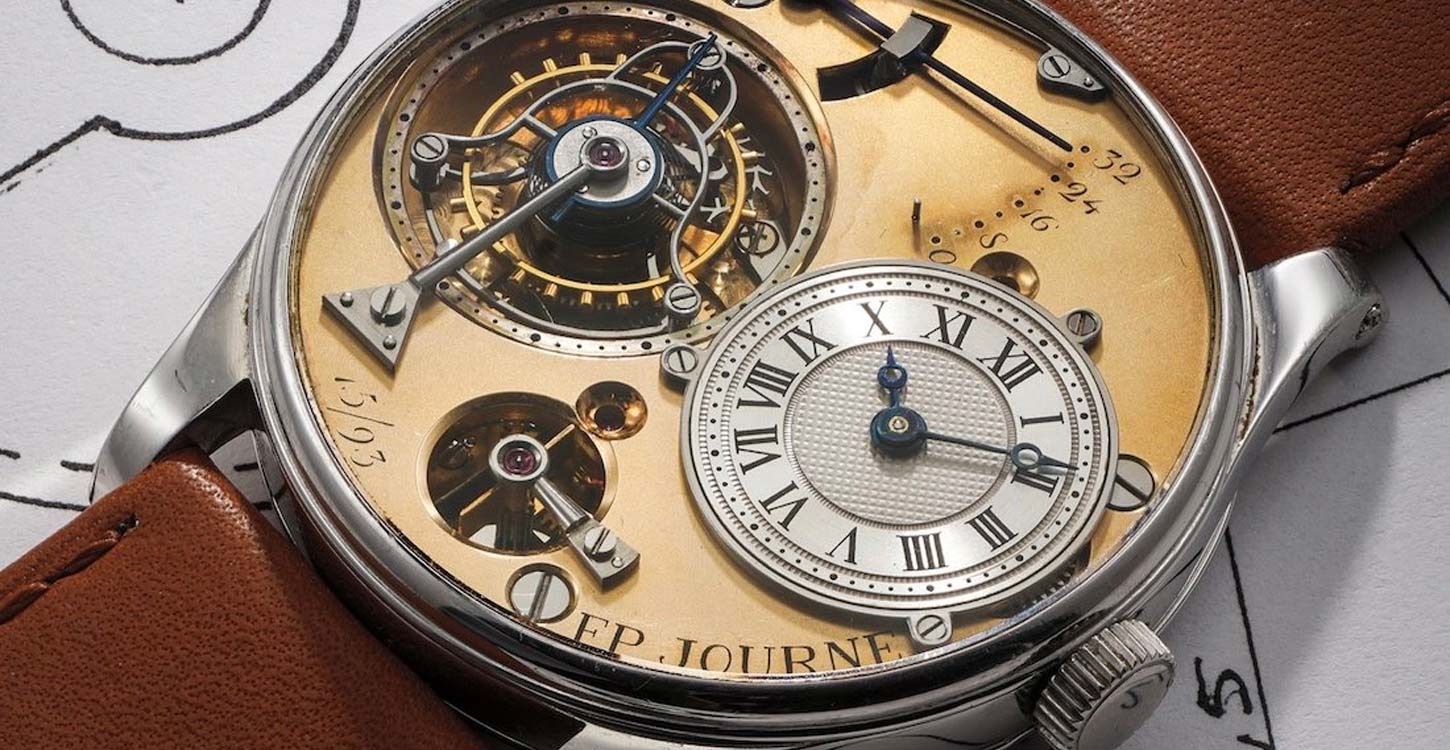Continuing our series on passion investments is our quick guide to the ‘Four Cs’ of diamond investing and how investors should approach seeking out the real thing as a store of value.
Diamonds have enjoyed unrivalled cachet as a symbol of everlasting love ever since the world’s most famous purveyor of the stones, De Beers, came up with the advertising slogan ‘a diamond is forever’ almost seventy years ago. However, De Beers and its rivals have been reporting lacklustre sales figures in recent times due to the truly unprecedented macroeconomic challenges we’ve seen in the past several years. Global financial uncertainty can be expected to hit luxury markets hard, while expanding tastes when it comes to the industry stalwart of engagement rings and the rising popularity of lab grown diamonds have all taken a toll. Rough stones which would usually be destined for wedding proposals are significantly down in price, industry experts say.
However, it may well be that falling prices actually mean now is a great time to invest. These billions of years old stones clearly really are forever and there are factors suggesting that prices have been pushed down by factors which could be fairly short term in their operation. One is that Russia, which annually mines around 50 million carats of diamonds, is said to be selling off the stones cheaply around the world (and so depressing prices) due to Western sanctions on its exports.
A cooling of sentiment from miners and jewellery houses may then point to an opportunity to secure outperformance from an alternative asset that one can also derive great pleasure from owning (or gifting to a loved one)
A cooling of sentiment from miners and jewellery houses may then point to an opportunity to secure outperformance from an alternative asset that one can also derive great pleasure from owning (or gifting to a loved one). It may be the literally one-off stones and their mind-boggling auction prices which make the headlines, like the $57.7 million fetched by the 11.15-carat Williamson Pink Star ring, but there is a lot to attract far more modest investors to diamonds as well. According to the Knight Frank Wealth Report, prices for coloured diamonds have risen 16% over ten years, while jewellery overall has surged 44%. Annually around a tenth of wealth advisors say their clients buy diamonds as a passion investment.

Elemental value factors: ‘The four Cs’
Cut
The cut of a diamond refers of course to the shape of the diamond and so how light is refracted by the choices the diamond technicians have made to maximise its brilliance. The correct proportions for the cut are absolutely crucial as both too shallow or too deep can ruin a stone. You may also want to consider how some fashionable cuts might go out of style over the years and focus on the more classic shapes like cushion, marquise and so on.Clarity
Next is the severity and number of a diamond’s internal flaws or inclusions, and it is the size of these which really matter to the clarity and therefore brilliance of the stone. A ‘vs’ graded stone doesn’t have any flaws which are visible to the naked human eye. This grade and the cut will feature on the diamond report you should seek when buying any stone of real value.
The correct proportions for the cut are absolutely crucial as both too shallow or too deep can ruin a stone. You may also want to consider how some fashionable cuts might go out of style over the years and focus on the more classic shapes like cushion, marquise and so on
Colour
The next key factor is the stone’s colour because if a stone is off-white it will sparkle less as light is absorbed more than with a truly clear diamond. D is the highest colour grade, but the more modest investor might find F or G is good enough to not make a difference to how much they like a stone, while making a serious difference in price.Carat
Finally, is the metric that probably springs first to mind, the diamond’s weight in carats (one carat is 0.200 grams or 1/5g, with one unit being subdivided into 100 points for ease of reference.One interesting nuance here is that because larger diamonds are rarer to find, the price per carat often rises steeply the larger you go. It isn’t a case of bigger is always being better though of course, due to the other three Cs’ impact on the overall quality and desirability of the diamond – not to mention the setting and the sentimental value which accrues when a piece is given to a loved one.
One interesting nuance here is that because larger diamonds are rarer to find, the price per carat often rises steeply the larger you go

Top Tip
Jewellery, and specifically diamonds, consistently show themselves to be strongly performing assets, although it should always be remembered that asset class (or sub-class) figures only ever represent an average and there are sure to have been both huge winners and losers in their ranks. The key to successful passion investing is to find the right exemplar of the asset class for both your investment objectives and your taste, and that is of course far easier said than done.
Few wealth managers will advise a large position in diamonds, but they will be able to tell you how much you can sensibly invest in collectibles like precious stones or whatever else your passion is. Get in touch if you would like to learn more about how a wealth manager can help marry all your needs in one cohesive investment strategy.

Lee Goggin
Co-Founder
Caveat emptor
There are differences between lab-grown diamonds and natural ones, the latter having small amounts of nitrogen within, while the former do not. But while this signature is used by experts to discern the real thing, it should be noted that these differences are not visible to the naked eye at all (hence manufacturers’ signatures being placed into many lab-grown diamonds like watermarks).
We must also consider that the process of manufacturing diamonds has developed tremendously in recent times and might be expected to get even better – which could make it hard for even the experts to spot the synthetic versions. The ‘Chemical Vapour Disposition method’, which is used for jewellery as opposed to industrial diamonds, and which sees seed stones heated to over 800C and surrounded by carbon-heavy gas in a special chamber in order to grow, was only invented fairly recently.
We must also consider that the process of manufacturing diamonds has developed tremendously in recent times and might be expected to get even better – which could make it hard for even the experts to spot the synthetic versions
For this reason, it is wise to always buy a diamond which is accompanied by an official certificate (this will give details on the stone’s four Cs). You should also try to make your purchase from a jeweller who is a member of the London Diamond Bourse for extra assurance. As with finding a wealth manager, it pays to check out the credentials of your chosen jewellery firm and/or individual broker when making any significant investment.
An expert diamond dealer will also be able to help guide you between trade-offs among the four C factors so you get the best value – and sparkle – for your money. It’s estimated that there are around 16,000 different varieties of diamonds based on their shapes, sizes and characteristics, and it is therefore very difficult to make like-for-like comparisons. The appeal of diamonds lies in the fact that each stone is, of course, absolutely unique. Wherever serious sums are concerned, always consult the experts.
Important information
The investment strategy and financial planning explanations of this piece are for informational purposes only, may represent only one view, and are not intended in any way as financial or investment advice. Any comment on specific securities should not be interpreted as investment research or advice, solicitation or recommendations to buy or sell a particular security.
We always advise consultation with a professional before making any investment and financial planning decisions.
Always remember that investing involves risk and the value of investments may fall as well as rise. Past performance should not be seen as a guarantee of future returns.





